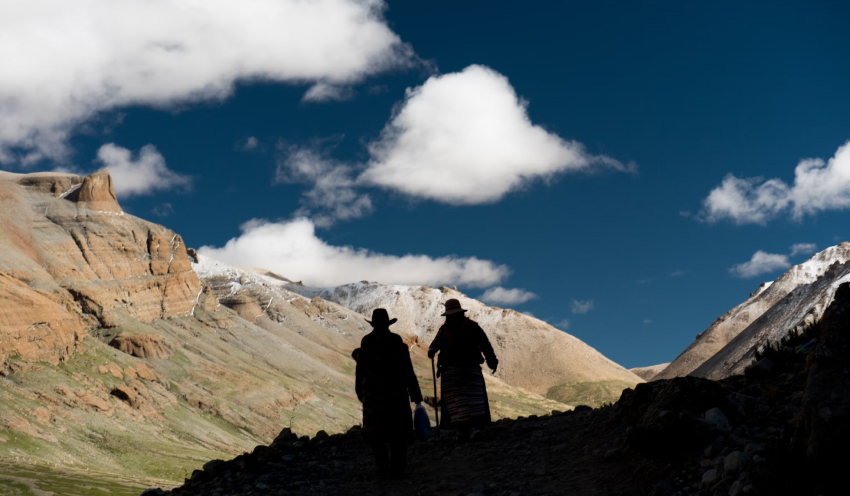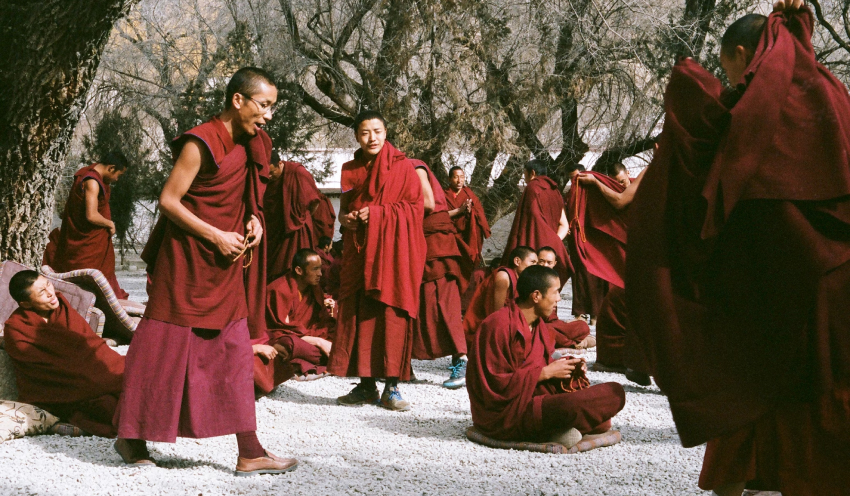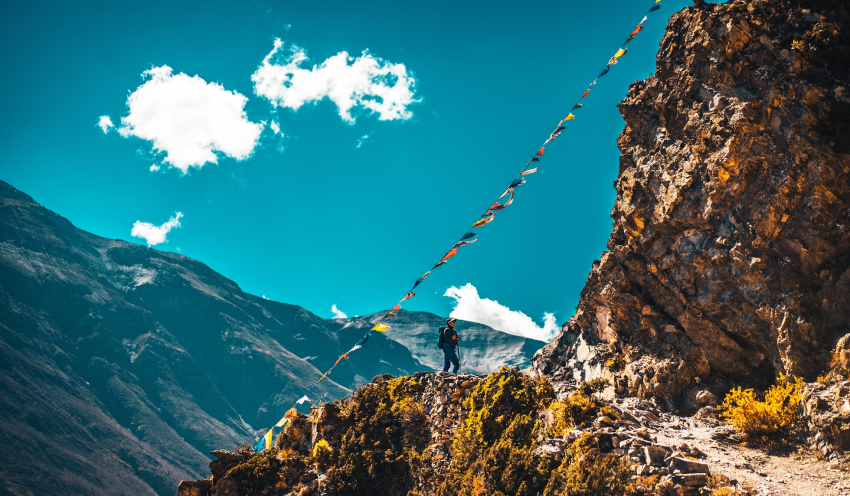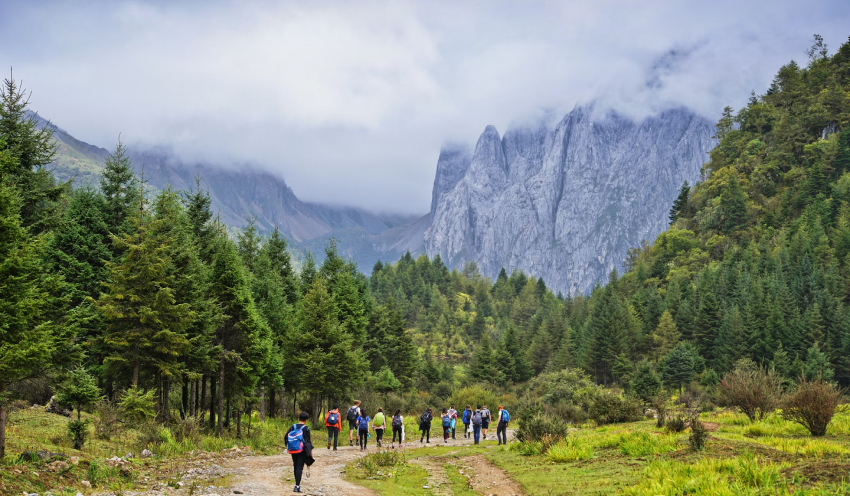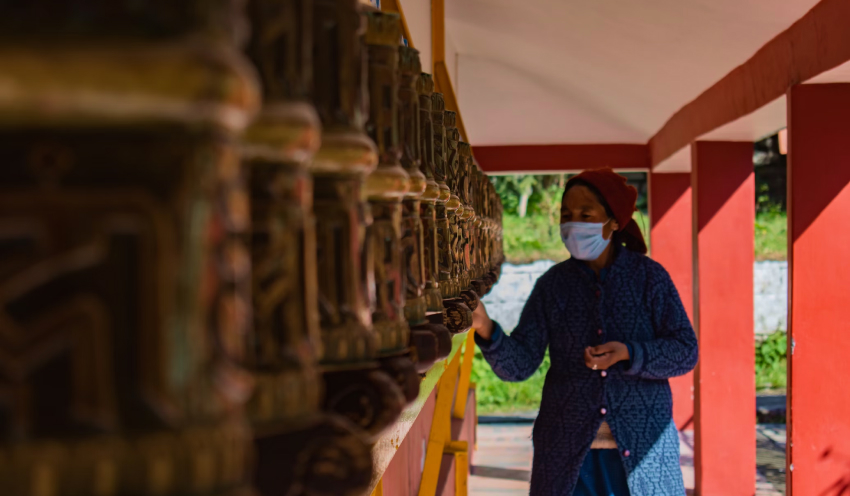Top Restaurants In Maitland Australia That Give You Culinary Delights!
BY sagnika Apr 19, 2024
Are you looking for reasons to visit Maitland? Or are you already in Maitland and looking for some of the best restaurants in the city? These restaurants and cafes offer passionate and delicious cuisine on a regional and international level. You can enjoy diverse food types while experiencing culture and people. If you are a fan of a chic-looking environment, international food, friendly service, a supportive personal experience, and others, Maitland is it for you! Keep reading the article to learn more about the top restaurants in Maitland Australia! This will help you better understand the cuisine, and which is most perfect for a family outing or dates with your partner or girlfriends. Top Restaurants In Maitland Australia, That Give You Culinary Delights! According to the Australian Good Food Guide (AGFG), the top seventeen restaurants in Maitland, NSW, are listed in it. Maitland offers a diverse range of cuisines, such as modern Australian, Korean, Italian, Mexican, and American. You can find almost any type of food and check out new places. Maitland is well known for its vibrant murals, artists, local culture, and delicious food! Vibrancy is integral to their culture, and they have several touring exhibitions and artworks. It is an immersive journey regarding food, history, street art, and architecture that you must attend. Fascinating heritage buildings such as East Maitland Court House and Caroline Chisholm Cottage are integral to heritage tours, adding to the aesthetic appeal of culinary delights while traveling to Maitland. Some of the popular restaurants in Maitland are The Cunning Culinarian, Lavenders Riverside Cafe, and Fratelli Roma! We will discuss these restaurants in Maitland Australia in-depth and how fun they are to visit. History Of Maitland City, Australia! A historic Hunter Valley region, Maitland is in New South Wales, Australia, and is the main gateway for exploring architecture, food, culture, and people. If you are planning to visit Maitland, you can drive from Sydney. These restaurants in Maitland Australia will provide you the perfect environment to go on a date or hang out with friends and family! The heritage buildings, colonial-style buildings, and cute wooden shophouses show beautifully preserved history! Read about some of the top restaurants and cafes that you can visit when you reach Maitland. Several local craft shops galore, along with exhibitions, are part of the established culture! 1. Fratelli Roma The restaurant Fratelli Roma is in Maitland, Australia, known for its authentic Italian dishes. One of the best dining experiences as the owners, Christine and Daniel, offer some of the best quality dining experiences since 2007. Please make reservations when you visit this restaurant. Everything is included, from fresh pasta to gnocchi, made with quality local produce. You can have both takeaways along with dine-in offers for all customers. They produce seasonal pasta, which you can buy along with them serving international wine and a comprehensive collection of regional drinks! 2. The Cunning Culinarian It is a cafe with the unique name “The Cunning Culinarian,” which offers a cozy dining experience! It is quite popular in Maitland for its light meals and delicious coffee. An elegant cafe, it offers a range of exquisite coffee and fine foods. This restaurant is known as one of the best restaurants in Australia! The dining area offers home-cooked treats and coffee. The atmosphere is intimate, cozy, warm, roomy, and bright. Several local stock products are also available in the cafe. Another fun thing you can do in this cafe is host various cooking classes. So, you can either have a cooking class date with your partner, girlfriend, or mom! The chic Western Sydney interior will give you a great experience. Furthermore, you can also order your caffeine fix in the cafe's front window. 3. Lavender Riverside Cafe The restaurant is known for its modern Australian culinary delights and offers Alfresco dining with beautiful views of the Hunter River. The Lavender Riverside Cafe is on the top of the Maitland Heritage Mall. Locals love this venue, and if you visit it, you can bask in the warm sunshine in the courtyard! You can stroll around the banks of the river with a group of friends or family! You can, therefore, order pineapple juice or have coffee with brunch. The cuisine in this restaurant is made with local produce, incorporating a gourmet twist that has a delicious taste. One of the top restaurants in Maitland Australia is Lavender Riverside Cafe! Some dishes are quite popular in this venue, such as a breaky burger of rissole, fried eggs, baby spinach, choron sauce, and onion relish. You can also try the beer-battered flathead tails with seafood sauce, chips, and salad! How can we forget the sweet treat of a cake cabinet, indulging in some of the beautiful culinary experiences? 4. El Chapo The restaurant El Chapos is Mexican, and it is quite popular for its flavorful Mexican cuisine. The place is quite lively and provides a beautiful dining experience due to the vibrant atmosphere! El Chapo serves authentic Mexican street food in the heart of Maitland. You can visit this place for casual lunch and dinner because the lower area of the restaurant is designed for that! You can sit and enjoy a meal or pack the food to take and go! The upstairs area of El Chapo is intended for you if you want to enjoy a cozy and intimate experience. If you take your family, you can have a candlelit Mexican experience, which is a little dark for you. However, if you are taking your partner for an intimate candlelit dinner or an anniversary dinner, this is it for you! 5. The Bikesmith & Espresso Bar A cafe, The Bikesmith & Espresso Bar combines two interesting things: coffee culture and cycling! The restaurant is family-owned, which creates a unique experience especially when delicious food and a fun and interesting activity are integrated. The local community hub on High Street in Maitland, NSW, brings espresso bars and a bike workshop. It is quite popular for sauerkraut, corned beef, seeded mustard, and Swiss Cheese on toasted seeded sourdough! They serve the Swiss Cheese with crisp and pickle sides. The cafe sells several high-quality speciality bikes, accessories, and parts. The atmosphere is homely, with white subway tiles, eclectic artwork, and a full glass frontage. So, now you know you can service your bike while you settle down with a toasted sandwich or a Portuguese chicken salad wrap along with a mango smoothie! Casual Dining Options In Maitland Various casual dining options in Maitland cater to the diverse requirements and necessities of visitors' and travelers' preferences. Contemporary American cuisine, seafood, Italian, and others are all available in Australia’s Maitland. You can include these options when you create your budget-friendly travel ideas in Australia! Some of the coolest and most in-demand places in Maitland are Reel Fish Coastal Kitchen & Bar, Bar Italia, and Cheddar’s Casual Cafe! There is also a beautiful place in Maitland called Riverside Levee, which is like a collection of restaurants, small bars, cafes, and boutiques. You can visit the Riverside Levee, where you can indulge in delicious food at Boydell’s, a restaurant with a cellar door inside an 1820s slab hut. There, you can also experience pastries and decadent cakes from Icky Sticky Patisserie! Another popular bar in Maitland is The Rigby, which gives you the feeling of a Melbourne party scene. What's more, there is an amazing place with unique ideas. Along with food, you can also order a tattoo! Isn’t that an adventure? So, now you know the next time you visit Maitland, what places you have got to check out. Whether you go with your family, partner, or friends, you know you can visit any one of these restaurants or cafes! Finishing Off... To sum it up, the top restaurants in Maitland Australia, offer a diverse culinary scene that ranges from casual to fine dining eateries. The city is perfect for domestic and international visitors, whether they want to go out on a date or hang out with friends or colleagues on the weekend. Maitland is obviously a place that provides delicious, unique, and trendiest culinary experiences! Several restaurants offer international cuisine. After reading details about these restaurants and cafes, you can decide which one you want to go to! I am sure you will be able to explore several options, from casual eateries to dining! Comment on which restaurant you want to dine at, or is there any specific cuisine you are craving? Learn More About: 6 Tips For A Luxurious Trip To Australia Top 5 Used Japanese Vehicles In Australia 10 Things You Have To Do When You Visit Australia

